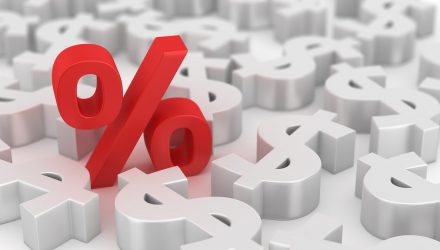With a steady push for lower interest rates by President Donald Trump and a plethora of investors and economists, the chance of zero interest rates is a real scare for some. JPMorgan Chase & Co. CEO Jamie Dimon said that while he doubts the spread of negative interest rates in countries around the world will hit the U.S., he’s nevertheless preparing J.P. Morgan Chase for the possibility anyway.
“I don’t think we’ll have zero rates in the U.S., but we’re thinking about how to be prepared for it, just in the normal course of risk management,” Dimon said Tuesday at a conference in New York.
The 10-year yield was at 1.69% on Tuesday, down 1% from the beginning of the year. It fell as low as 1.44% last month as investors into Treasuries over concerns of a global economic slowdown, and as the Federal Reserve cut rates. Benchmark bonds in major countries like Germany are already trading with negative yields.
Some ETFs to look at putting capital into during low interest rate periods include real estate ETFs like the Schwab US REIT ETF (SCHH), funds that benefit from consumer spending like the Invesco S&P 500 Equal Weight Consumer Discretionary ETF (RCD), and emerging market funds, that can now borrow capital for less, like the Vanguard FTSE Emerging Markets ETF (VWO).
For more market trends, visit ETF Trends.

